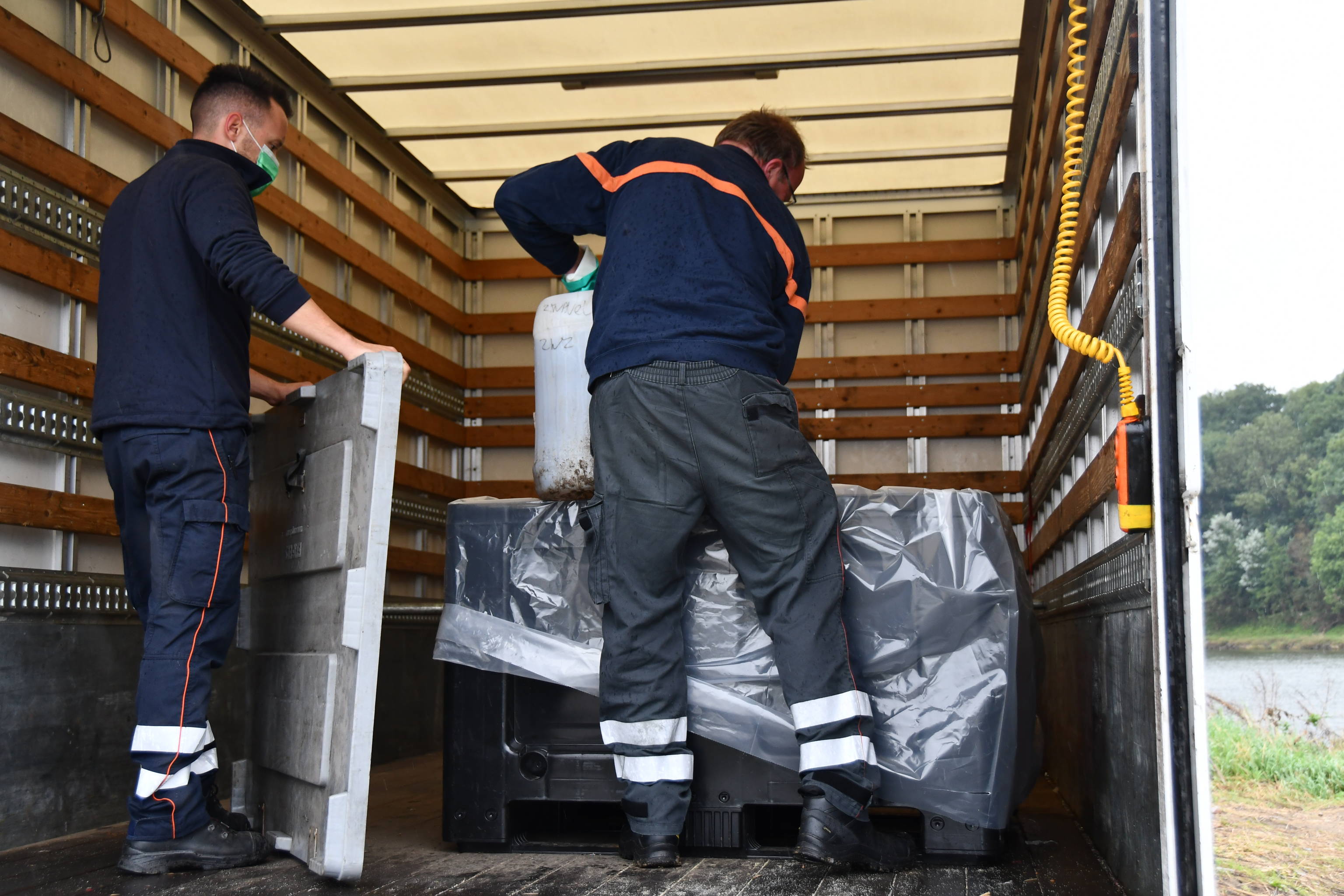Drug waste has a significant impact on the environment and public resources

Over the past decade, Flanders has been increasingly confronted with drug waste. This is mainly leftovers from the production of MDMA, speed and, more recently, crystal meth. What impact can this chemical waste have on our living environment? And who has to pay for the clean-up?
The production of synthetic drugs leaves its mark on the environment as more and more residual waste - chemical waste that can be highly flammable, highly corrosive or toxic - is dumped in various locations. As more attention is paid to the problem, producers are becoming more inventive in disposing of their leftovers.
For example, blue drums containing waste from manufacturing synthetic drugs are still being dumped in the border region with Flanders and the Netherlands. Although this drug waste regularly ends up in forests, rivers and sewers, it is increasingly being dumped in public places, emptying barrels through a hole in the floor of a van or buried.
Soil contamination
Every waste dump incurs social costs for the clean-up and treatment of the waste. After a site has been cleared, it may be necessary to investigate the soil. A chemical odour, visual evidence of leakage or an abnormal pH may indicate the presence of soil contamination.
The high acidity of drug waste, which consists largely of solvents, causes water contamination and lowers the pH of the environment. This can have serious consequences, as contaminated surface water can harm animal and plant life and poison the soil. Besides the environmental risks, drug dumping also directly threatens those who have to clean it up.
Clean-up costs
All this waste comes at a price. The province of Limburg, for example, earmarked 809,642 euros for clean-up costs in 2019-2020. If the toxic substances are left behind at the production site, the municipality, and thus the citizen, bears the costs.
The amount of waste from Belgian drug laboratories is estimated at around 1,500 tonnes per year, and that from Dutch laboratories at 7,000 tonnes. In 2019 and 2020, the Belgian Federal Police found 'only' 375 tonnes of drug waste. The National Institute for Criminalistics and Criminology (NICC) estimates that only 20 per cent of drug waste is actually found.
#FlandersNewsService | © BELGA PHOTO PINO MISURACA